As you know, Japan has four distinct seasons. Each season is very different from the other, so since ancient times, people in Japan have enjoyed each season’s characteristics, such as the weather, the scenery, the seasonal flowers, or the seasonal foods. I’m writing this article on the day of Risshu (立秋), the beginning of autumn according to the traditional Chinese calendar, August 7th. Even at the beginning of autumn, it is still hot. The weather might still be summery, but the daytime becomes shorter and shorter, and we feel autumn through the morning and evening breeze. I’m sure we can enjoy seeing the autumn flowers in the fields soon.
Today, I’d like to introduce the seven flowers of autumn (Aki no Nanakusa, 秋の七草) to you.
What are the seven flowers of autumn (Aki no Nanakusa, 秋の七草)?

The seven flowers of autumn originated with the following two poems in the Manyoushu (万葉集) written by Okura Yamanoue (山上憶良).
- “If you count the flowers that bloom in the fields of autumn, there will be seven kinds of flowers.”
- “Hagi flower, Obana flower, Kuzu flower, Nadeshiko flower, Ominaeshi flower, Fujibakama flower, and Asagao flower.”
*There are various sayings about “Asagao,” but currently, it’s said to be the bellflower.
During the Heian period, aristocrats played an elegant game of composing poems while walking through the flower fields where the seven autumn flowers were in bloom. They might have been admiring the seven autumn flowers blooming in fields under the moonlight.
Introduction of Each Flower
Actually, we have another “seven herbs” of spring. They are seri (Japanese parsley), nazuna (shepherd’s purse), gogyo (cudweed), hakobera (chickweed), hotokenoza (nipplewort), suzuna (turnip), suzushiro (radish), and there is the long-standing custom of eating rice porridge with these seven herbs on January 7. Compared to the seven herbs of spring, the seven flowers of autumn are said to be for appreciation, but it seems that they were also used as medicinal herbs.
Let’s take a look at what kind of flowers “the seven flowers of autumn” are.
1. Hagi (Lespedeza)
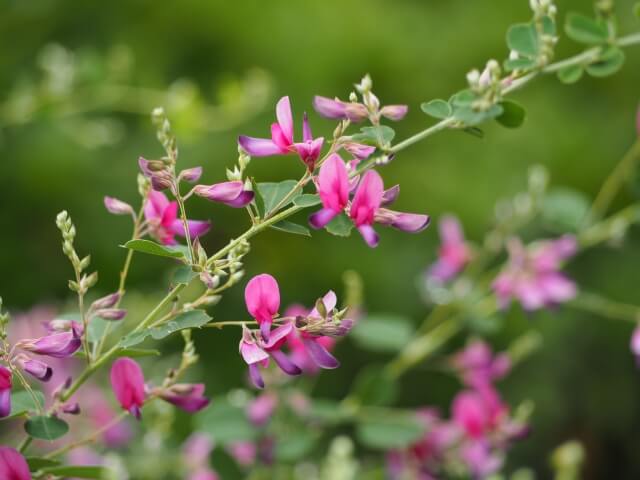
It is one of the representative flowers of autumn because its Chinese character, 萩, consists of grass crown, 艸, and autumn, 秋. When I was little, I used to observe Hagi in our backyard and found many yellow butterflies around the tree. That is because they are fond of Hagi laying their eggs. It is said that its root has a medical effect on women’s dizziness and hot flashes.
2. Obana, or Susuki (Japanese pampas grass)

Obana is another name for Susuki. Obana literally means tail flower, and that is because it looks like an animal’s tail. It is one of the essential decorations for moon viewing. In addition to roofing materials, it is often used for charcoal bales and livestock feed. The medical part is the root and is said to have a diuretic effect.
3. Kuzu (Kudzu)

It is a large climbing plant that belongs to the legume family. The starch extracted from the root of kudzu is called kudzu powder and has been used as a raw material for some Japanese sweets. The medical part is the root, famous for Kakkonto (葛根湯). Kudzu root is used as a diaphoretic, antipyretic, and antispasmodic for febrile illness, cold, stiff neck, back, and shoulders. Flowers are also used for dizziness and chills.
4. Nadeshiko (gillyflower)

“Nadeshiko” in “Yamato Nadeshiko,” which expresses the neatness of Japanese women, refers to this flower. It is used for the name of the Japanese women’s soccer team, “Nadeshiko Japan.” In “The Pillow Book (枕草子),” Sei Shonagon (清少納言) states that the beauty of Nadeshiko is the first class among flowers. The medical part is the whole plant and seeds. Both the whole plant and the seeds are used as an anti-inflammatory, diuretic, and menstruation-inducing agent for edema, urinary incontinence, gonorrhea, and irregular menstruation. Pregnant women should never use it due to the risk of miscarriage.
5. Ominarshi (golden lace)
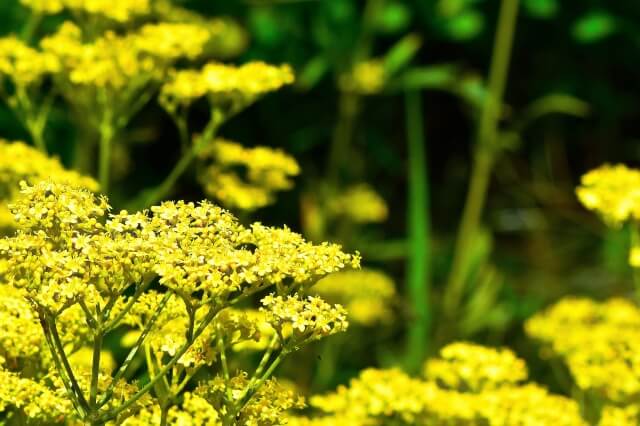
There is a saying that the origin of the name Ominaeshi is that the beauty of the flower overwhelms the beautiful women, and it is a flower that was loved by ancient people as an elegant and beautiful flower. Therefore, it is written in many songs and haiku. The root and whole plant of Ominaeshi have detoxifying, analgesic, and diuretic effects.
6. Fijibakama (thoroughwort)

The name Fujibakama literally means “a pair of mauve Japanese traditional formal pants” and comes from the pale purple flowers and the tubular shape of the petals. When dried, it has the same pleasant scent as the cherry leaves, so it is also used for hair washing and perfume. Currently, it is designated as an endangered species, and it is almost impossible to see Fujibakama in the wild. The medical part is the whole plant. The water extract has hypoglycemic and diuretic effects and is used for diabetes, edema, and irregular menstruation.
7. Kikyo (bellflower)

The bellflower was used in the family crests of many warlords because of its good shape. Among them, Mitsuhide Akechi’s light blue bellflower family crest is famous. It is also designated as an endangered species. The medicinal part is the root. Bellflower decoction has an expectorant effect due to the local stimulation of saponins. In addition to its sedative, analgesic, and detoxifying effects, it has anti-inflammatory, antitussive, and hypotensive effects. It is an expectorant and antitussive to treat phlegm, bronchitis, and sore throat.
Conclusion
My late mother-in-law was good at composing haiku, a Japanese poem of seventeen syllables, and had a good knowledge of wildflowers. She used to teach me about the names of these flowers. I love observing these flowers in the fields, not in flower arrangements or vases. I hope you can enjoy seeing wildflowers in fields in Japan!
A physical therapist in charge of rehabilitation at a hospital. I was born and raised in Ichijoji, Kyoto. My dream is to practice rehabilitation with foreign patients in fluent English so as to make them feel comfortable and at ease.

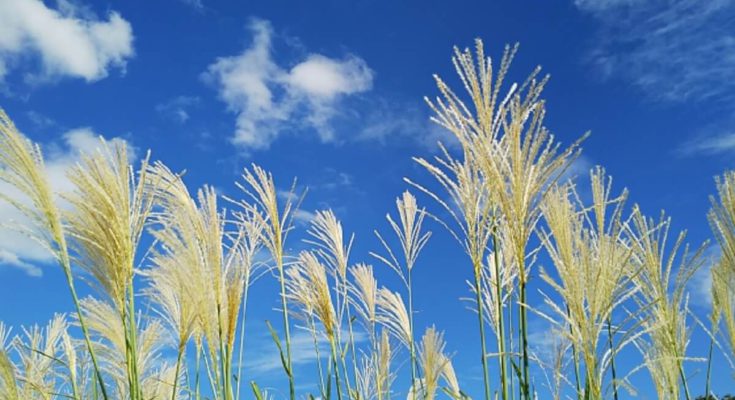
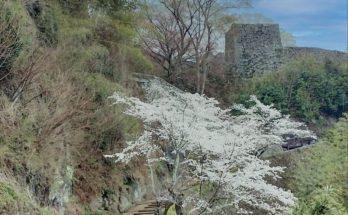
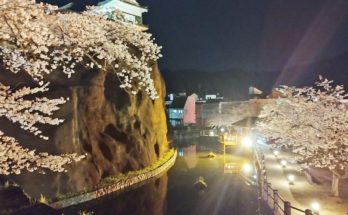

 HTJ has a YouTube page! Check it out
HTJ has a YouTube page! Check it out
Thank you for sharing the seven autumn flowers and beautiful pictures.
My late grandma also enjoyed composing haiku.
Using seasonal words in a haiku is very cool and it is so Japan which has four distinct seasons.
Thank you for taking your time to read my article. i’m very happy you liked it! I think Haiku is one of wonderful cultures in Japan. It needs us to observe the nature, feel the seasonal atmosphere, and choose the right words to express our thoughts.